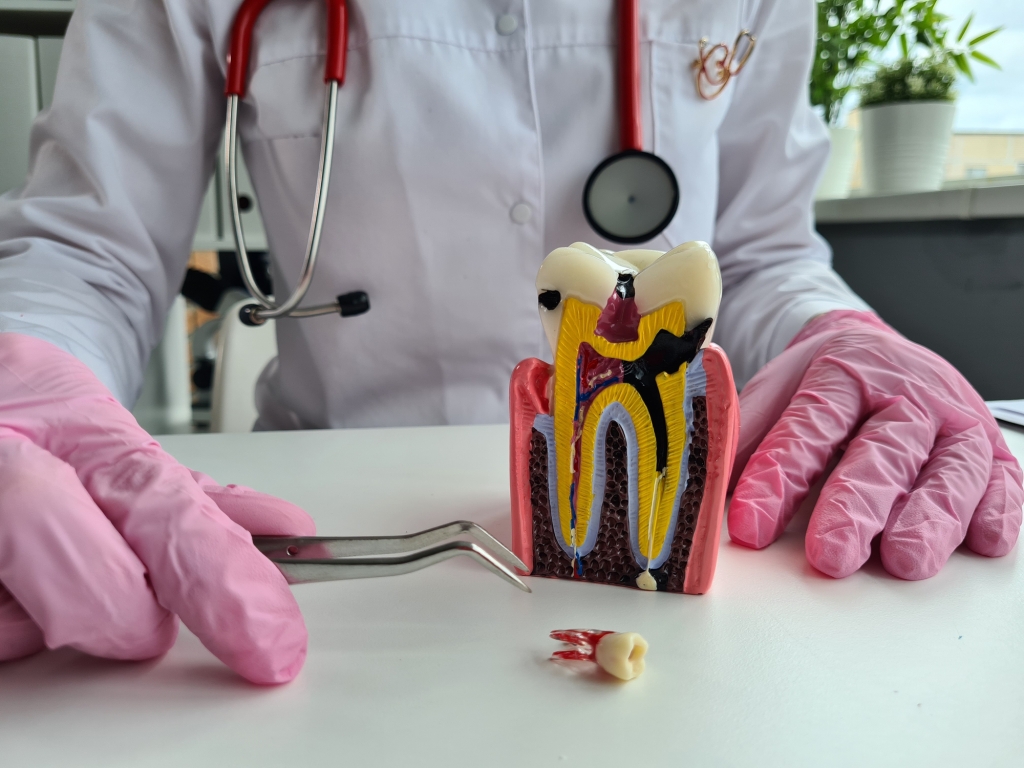Tooth Nerve Extraction

The complexities of dental health can be daunting, especially when it comes to tooth nerve extraction, a procedure that can evoke a mix of anxiety and curiosity. Understanding the intricacies of this dental intervention is crucial for patients seeking to alleviate pain and preserve their oral health. In this comprehensive overview, we will delve into the world of tooth nerve extraction, exploring its reasons, processes, and what patients can expect from this procedure.
Introduction to Tooth Nerve Extraction
Tooth nerve extraction, more formally known as root canal therapy, is a dental procedure designed to remove the infected pulp from a tooth. The pulp, found in the root canal of the tooth, contains nerves, blood vessels, and connective tissue. When this pulp becomes infected due to decay, crack, or trauma, it can cause severe pain and potentially lead to an abscess if not treated promptly.
Why is Tooth Nerve Extraction Necessary?
The primary reason for tooth nerve extraction is to relieve pain caused by an infected tooth. The infection can spread to other parts of the face and skull if not treated, potentially leading to more severe health issues. Additionally, extracting the infected pulp can help preserve the tooth, avoiding the need for extraction. This is particularly beneficial for maintaining chewing function and aesthetic appeal.
The Process of Tooth Nerve Extraction
The procedure for tooth nerve extraction typically involves several steps:
Preparation: The dentist or endodontist (a dentist specializing in root canal treatments) will begin by administering local anesthesia to numb the area around the tooth, ensuring the patient feels minimal discomfort during the procedure.
Access: A small access hole is drilled into the tooth to reach the pulp chamber and root canals.
Removal of Infected Pulp: Using specialized instruments called files, the dentist carefully removes the infected pulp from the root canal(s).
Cleaning and Shaping: After the pulp is removed, the canal is thoroughly cleaned and shaped to prepare it for filling.
Filling the Canal: The cleaned canal is then filled with a special material, usually gutta-percha, to seal the canal and prevent further infection.
Restoration: Finally, the access hole drilled at the beginning of the procedure is filled, and the tooth may be covered with a crown to protect it, as it can become brittle after the procedure.
Recovery and Aftercare
Following a tooth nerve extraction, patients may experience some sensitivity, which can be managed with over-the-counter pain relievers. It’s essential to follow the dentist’s or endodontist’s instructions for aftercare to ensure proper healing and minimize the risk of complications. This may include avoiding chewing on the affected tooth until it is fully restored and maintaining good oral hygiene practices.
Common Misconceptions About Tooth Nerve Extraction
One of the most prevalent myths about tooth nerve extraction is that it is an extremely painful procedure. While it’s true that the procedure involves removing infected tissue, advancements in dental technology and anesthesia have made the process relatively painless. Another misconception is that extracting the tooth is always a better option. In many cases, root canal therapy can save a tooth that would otherwise need to be extracted, preserving natural teeth and avoiding more complex and costly dental work down the line.
The Future of Tooth Nerve Extraction
The field of endodontics is continually evolving, with new technologies and techniques being developed to improve the efficiency and comfort of tooth nerve extraction procedures. For instance, the use of rotary instruments and apex locators can make the procedure more precise and less invasive. Additionally, advancements in dental materials are leading to stronger, more durable restorations that can better withstand the forces of chewing.
Conclusion
Tooth nerve extraction, while it may seem daunting, is a valuable procedure for alleviating dental pain and preserving teeth. By understanding the reasons behind the procedure, the steps involved, and what to expect during recovery, patients can approach tooth nerve extraction with confidence. As dental technology continues to advance, the future of endodontic treatments looks promising, offering patients more comfortable, effective, and long-lasting solutions for their dental health needs.
What are the signs that I might need a tooth nerve extraction?
+Signs that you might need a tooth nerve extraction include severe toothache, sensitivity to hot or cold temperatures, swelling around the tooth, or a bad taste in your mouth. If you're experiencing any of these symptoms, it's crucial to consult a dentist as soon as possible.
How long does a tooth nerve extraction procedure typically take?
+The duration of a tooth nerve extraction can vary depending on the complexity of the case and the number of canals in the tooth. Generally, the procedure can take anywhere from 30 minutes to several hours, sometimes requiring more than one visit to the dentist.
Are there any alternatives to tooth nerve extraction?
+While tooth nerve extraction is often the best way to save a tooth, in some cases, extraction might be recommended, especially if the tooth is beyond repair. However, extraction is usually considered a last resort, as preserving natural teeth is a priority in dental care.
In conclusion, tooth nerve extraction is a vital dental procedure that can provide relief from pain and help maintain oral health. By understanding the process and what to expect, individuals can make informed decisions about their dental care, ensuring they receive the best possible treatment for their specific needs. Whether you’re facing dental pain or simply seeking to learn more about preserving your oral health, the insights into tooth nerve extraction can offer valuable guidance and reassurance.